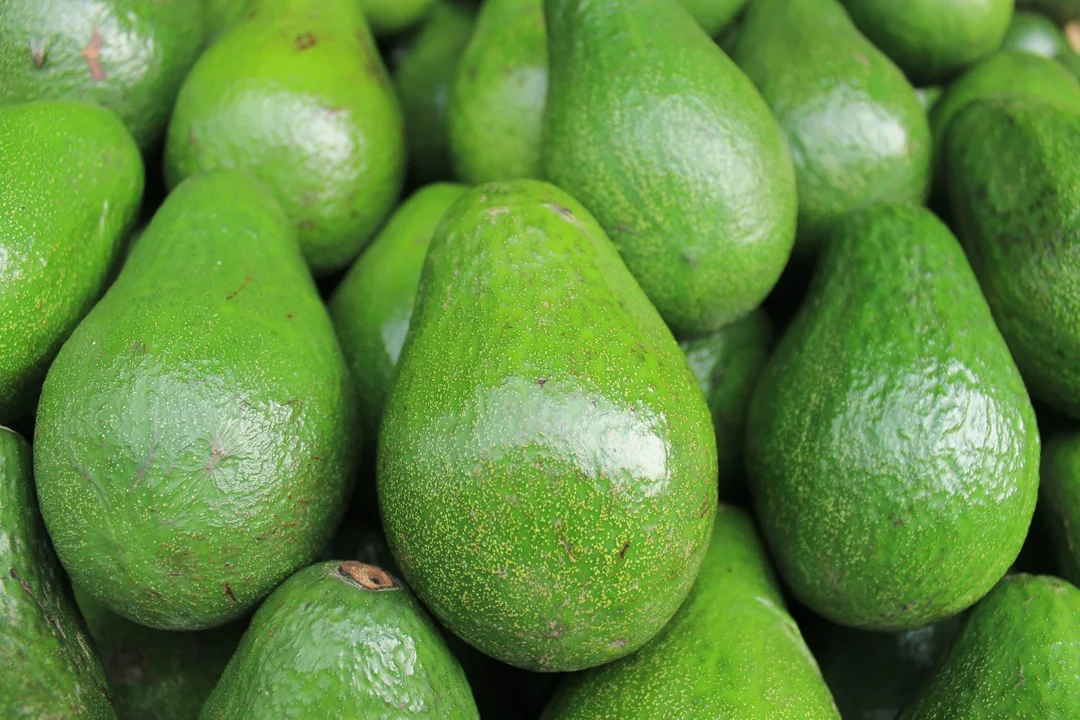True or False: Every Nutritionist is a Dietitian
Written by Arielle Kestenbaum | Reviewed by Adiana Castro, RD, MS,CDN, RDN
Every Nutritionist is a Dietitian. This is False.
Although many dietitians will refer to themselves as nutritionist, not all who refer to themselves as nutritionists are dietitians. The main difference between a nutritionist and a dietitian is the level of education and medical nutrition therapy clinical exposure. Anyone that studies wellness and nutrition can call themselves a “nutritionist”, but to become a dietitian, one must obtain certain certifications and licensures, and therefore the role of a dietitian is more regulated than that of a nutritionist.
After earning a Bachelor’s degree from an accredited university, as well as having completed many nutrition science courses, a dietitian usually must first complete a dietetic internship or practice program rotating many different areas within the scope of practice of a dietitian. For example, interns are required to rotate within healthcare facilities, food service companies and community settings, where they can be monitored and supervised. After completing the internship, an intern is required to take the national examination before obtaining the Registered Dietitian (RD) credential.
Once registered as a dietitian, they are able to organize food and nutrition plans and promote healthy eating habits to prevent and treat illnesses. They can also work within schools to teach nutrition education, as well as conduct research on many public health issues. There are so many different roads for a dietitian to go that falls under their scope of practice, that would not necessarily be OK for a nutritionist.
The term “nutritionist” is much broader, as it is not as regulated in the United States. Nutritionists typically do not have any professional training, and therefore should not be involved in the diagnosis or treatment of any disease. They definitely can be present for any type of support, as well as promotion of healthy lifestyles, but they cannot partake in the medical nutrition therapy aspect of nutrition (the therapeutic approach to treating medical conditions and their symptoms through specific diets).
Registered Dietitians and nutritionists both want to help people eat better and be healthier, but the education and practical training dietitians receive make them the true experts. This is something to keep in mind whether wanting to enter the field of nutrition or seeking expert nutrition advice!









